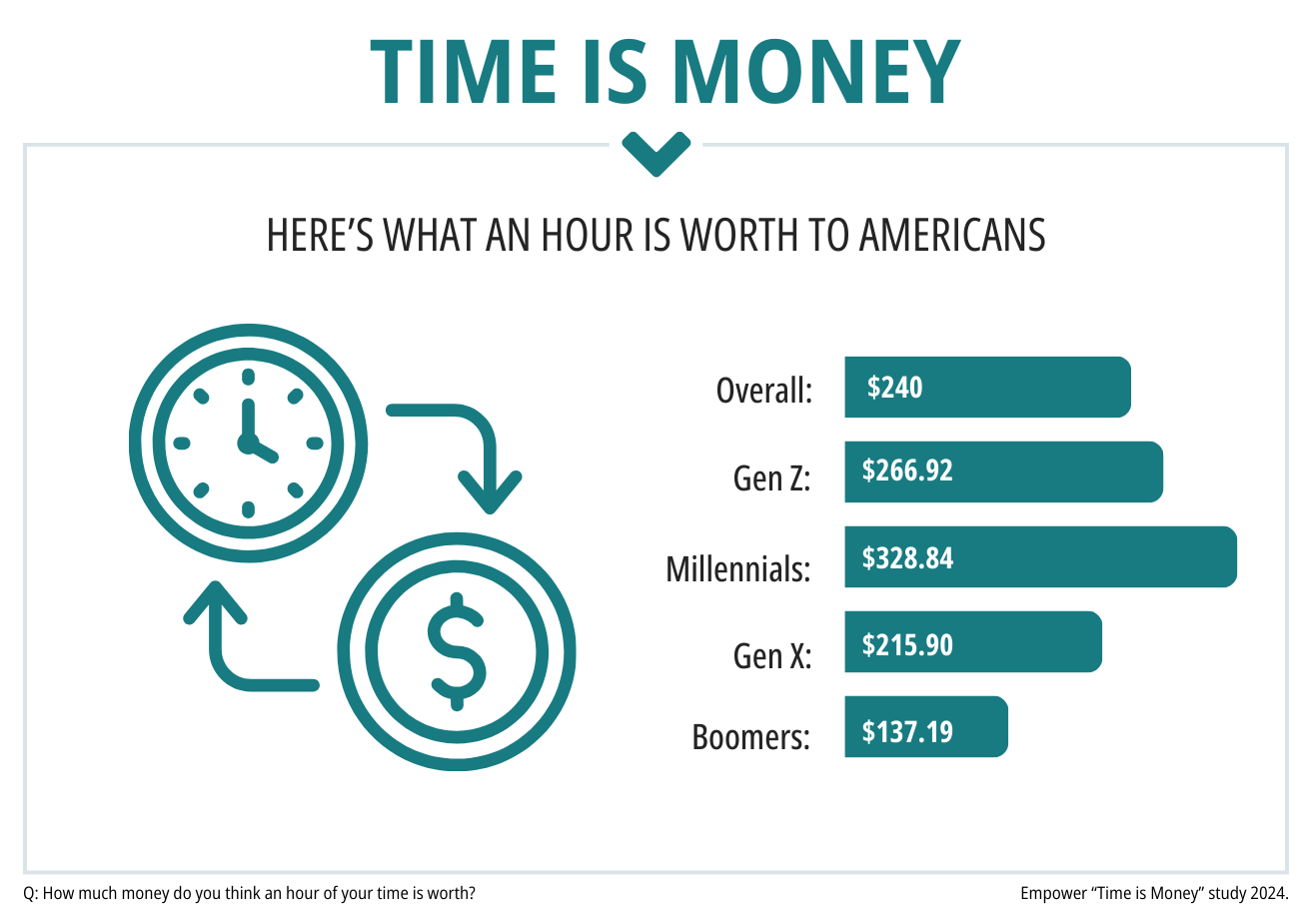The Currency
Nearly 2 in 5 Americans say saving time is more important than saving money (37%), and the value of an hour can vary across generations:
Nearly 2 in 5 Americans say saving time is more important than saving money (37%), and the value of an hour can vary across generations:
Adding value: Building the foundation of property wealth
Money
Slug
category--money
Owning real estate can be a cornerstone of long-term prosperity and even generational wealth. The CurrencyTM will be following the latest housing trends in May.
✔️ Checkup
Money
Slug
category--money
Millennials now hold 32% of all HSA accounts and last year, almost half of their contributions were kept as savings. Here's this week's money news.
Brand loyalty is shifting as value takes lead
Life
Slug
category--life
Brand loyalty is facing a serious test as the purchasing decisions of shoppers are being shaped by a new set of priorities — and a willingness to reconsider habits.
















